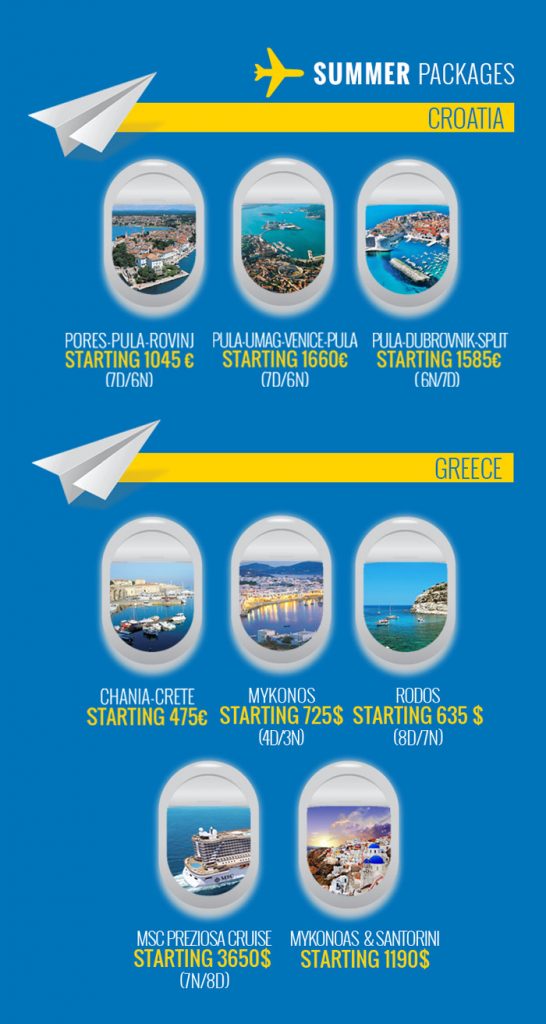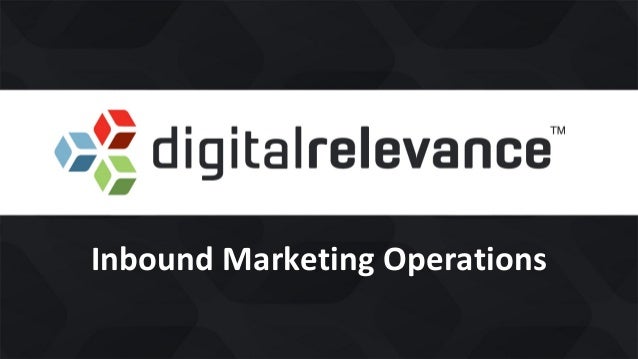
Category Archives: Uncategorized
SMS marketing
Need people to renew their membership? Or sign a petition? Or sign up for volunteer times? With SMS marketing, you can send reminders tailored for each person’s unique situation.
It can be hard to remember a time when friend requests and text messages were not part of daily life, effective SMS marketing strategies can be the perfect platform for targeting your Millennial clients.
For better assistance
call 961 5 955 925
E-mail marketing
Companies often list email as one of their most powerful
marketing channels. To this day, the size of your email list is a
demonstration of your reach and thought leadership. However,
your email marketing campaigns should be part of a holistic
approach to educate your contacts about your company. Your
marketing emails need to be complimented by other efforts,
such as content creation, social media engagement and behavior-based nurturing.
In order to integrate your email marketing with your other data systems, you need to use a marketing software that allows for that integration to take place ,and that’s when you can benefit from our help.
#Eyemails: The 7 Steps of the Inbound Digital Marketing Campaign Process

The business world is always trying to figure out how to use process to create scale. Makes sense, right? With good process comes scale, and with scale comes higher profitability. The same holds true in marketing. Properly deployed inbound marketing requires many different things to happen. Forgetting just one can ruin the whole campaign.
Strategically, most marketers understand what inbound marketing is, but many still fail to deploy it with much efficiency or process. Below are the seven steps that must occur in order to create scale and to maximize inbound marketing opportunity.
1. The Offer
When it comes to inbound marketing, everything starts with the offer. However, not all offers are created equal. Most offers should be geared more towards top-of-the-funnel visitors who probably don’t know much about the business whose website they just visited.
These are the folks looking for information to help solve their own problems and represent the vast majority of most companies’ website visitors. Top-of-the-funnel offers can include free whitepapers, ebooks, guides, videos and checklists.
Middle-of-the-funnel website visitors are likely people who are already familiar with the brand. They represent a small contingent of traffic on most websites. They’ve likely downloaded top of the funnel offers in the past and have some level of trust or perceived value in the branded content. Middle of the funnel offers can include webinars, case studies, free samples, catalogs, FAQ sheets, brochures, etc.
Bottom-of-the-funnel visitors are the smallest group of visitors on most websites. These are people searching for who will solve their problem. This group is looking for free trials, demos, assessments, consultations, estimates and coupon offers.
2. Landing pages and CTAs
The offer represents a brand’s currency in the inbound marketing quid pro quo transaction. The call-to-action (CTA) and the landing page are a website’s checkout lane and cash register, respectively. Website visitors who convert do so by paying with their names, email addresses and whatever other form field information a brand includes on its landing page.
Without CTAs, website visitors will struggle to find a brand’s landing pages. Without landing page conversions, an inbound marketing campaign will struggle to show a return and proper nurturing will be impossible.
3. Lead nurturing
After a visitor converts on a landing page, they are now ready to be nurtured by receiving a series of emails that deliver prudent content over time. This automated marketing exercise should roughly mirror a typical sales cycle.
Lead nurturing can be deployed using many different channels. However, this example is for email lead nurturing only. Many of the same principles hold true across other channels. Lead nurturing empowers marketers to deliver the proper content to the appropriate person at the best time.
Marketers who master lead nurturing generate 50 percent more sales ready leads and do it at a 33 percent lower cost.
4. Email
The difference between the lead nurturing step and the email step is automation. In this step, marketers need to turn their attention towards their current contacts database. Upon the launch of a new offer, marketers should segment their email database with just the contacts they feel would appreciate receiving the offer. Open, click-through and conversion rates are much higher this way.
5. Earned and owned blogging
Most marketers are very familiar with owned blogging. It’s as simple as writing an article and publishing it on the brand’s blog. However, earned media has traditionally resided in the PR arena.
After a new offer is published behind a landing page, marketers should publish blog content that closely aligns with the topic of the offer. This makes click-throughs on the CTA and conversions on the landing page much more palatable for readers.
After that, marketers should put their PR hat on and reach out to other bloggers and journalists to see if they can guest post or get media coverage for the content represented in the offer.
6. Social media
This is perhaps the simplest of all seven steps. Promote the earned and owned articles as well as the offers themselves as part of the brand’s normal broadcast, sharing and engagement activities on social media. It’s important not to overdo it, however. Marketers should have a clear understanding of what’s acceptable and what’s taboo in the online communities they manage.
7. Analyze and adjust
Like all good processes, analysis and adjustment should occur regularly in order to make sure each step is optimized and working properly. This process also helps create fertile ground for testing which goes a long way in maximizing and taking advantage of online opportunity. While the individual contributors to each step of the process should analyze and adjust the steps they’re responsible for, ultimately, the campaign in its entirety is the responsibility of the department head.
The great thing about the inbound marketing campaign process is that it’s easily supported and executed with the right people and software in place. When the machine is fully operational, increasing output (traffic and conversions) is simply a matter of creating more offers. Marketers will realize scale if they deploy the entire inbound marketing campaign process as described.
https://www.tabsite.com/blog/the-7-steps-of-the-inbound-digital-marketing-campaign-process/
#Belmark: Brustor- B300 Pergola #Eyemails

How To Use Facebook For Marketing
It does not take too much effort for you to market your products and services on Facebook. You have to use the following steps so you can start targeting some of the hundreds of millions of people from all parts of the world who use Facebook every day.
You can use these to showcase the many things that come with your business. It’s all to give your products or services the spotlights they deserve. These tips are all dedicated to giving your site the most out of any product or service that you are looking to market regardless of what your target audience might be like.
How To Use Facebook For Marketing –4 Awesome Tips And Tricks
1. Emphasize Why People Should Use Your Services or Products
You have to make sure your marketing campaign puts a strong emphasis on the benefits that come with it. These benefits relate to what customers will get out of your products or services and how much money they could save if they use them.
You have to focus on the interests that your customers have above all else. People who are aware of what you do for them are more likely than others to stick with any item you have to market.
2. Use Multimedia
ou can add all sorts of multimedia files into your Facebook page. You can add videos, pictures and even audio files to your page alongside links to relevant pages that relate to what you are trying to sell. Be sure to use these features when finding ways to make your efforts a little more noticeable.
3. Use Custom URLs
Custom URLs are available when you have at least twenty-five friends on your page. You should use as many custom URLs as possible for every individual feature that your business has to offer. In fact, you might want to consider using multiple pages for multiple products or services if you want to put an emphasis on certain things.
4. Talk About What’s New
People will be more interested in your Facebook posts if you actually update them once in a while. No one wants to hear you repeat the same things several times over. You have to instead take a look at what you’ve got going that’s new and worth talking about.
It is often easier to market your products and services if they are new. You should put a focus on the new things people could get from you and even the benefits that come with them. It is often easier for people to respond to you if you keep on giving them new things to talk about or see.
– See more at: http://www.fansbuy.org/how-to-use-facebook-for-marketing/4/#sthash.lRdZKoC5.dpuf- http://www.fansbuy.org/how-to-use-facebook-for-marketing/3/#sthash.k75YZuzF.dpuf-http://www.fansbuy.org/how-to-use-facebook-for-marketing/2/#sthash.GGecHnAh.dpuf-http://www.fansbuy.org/how-to-use-facebook-for-marketing/#sthash.qDk4ebkA.dpuf


